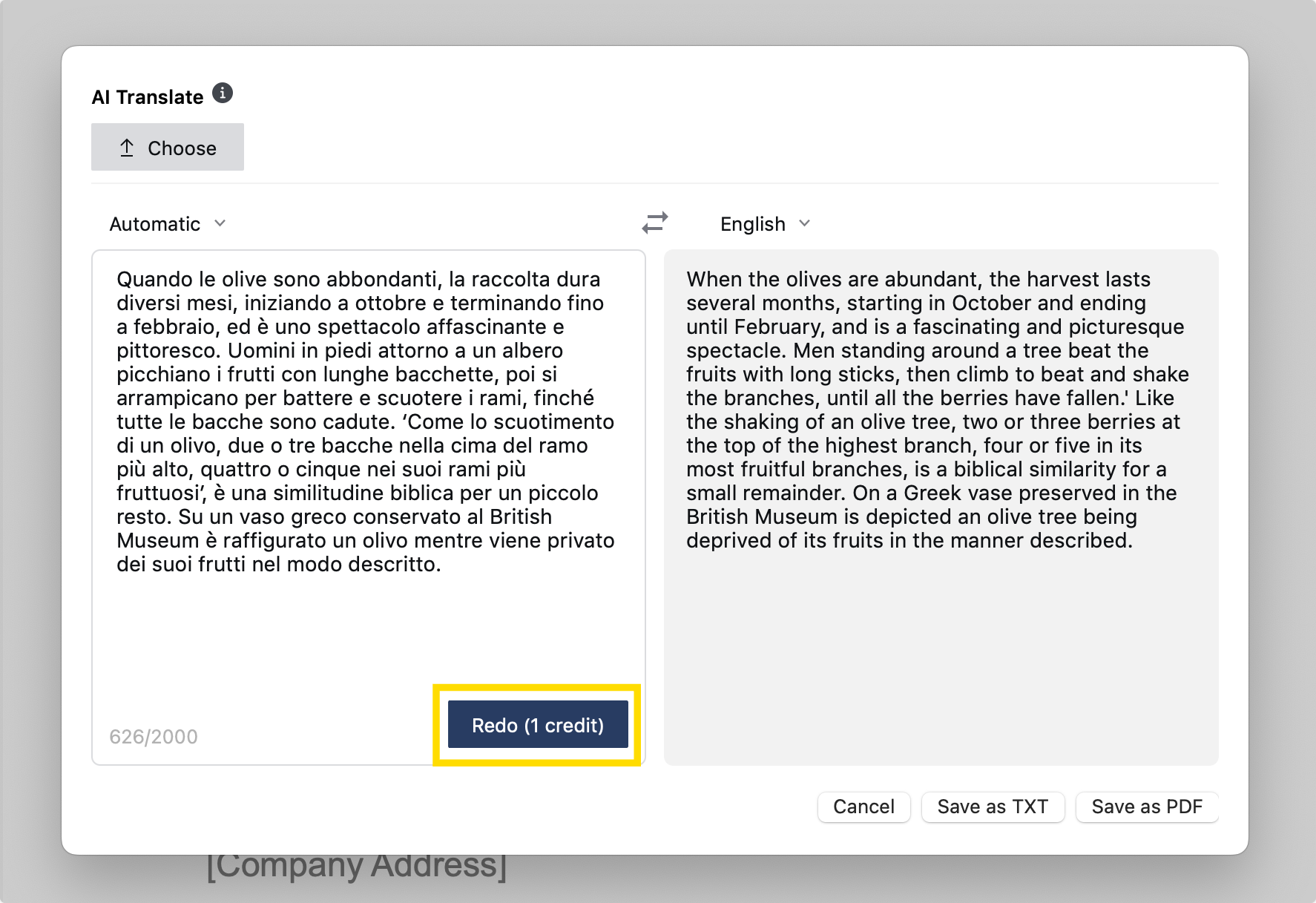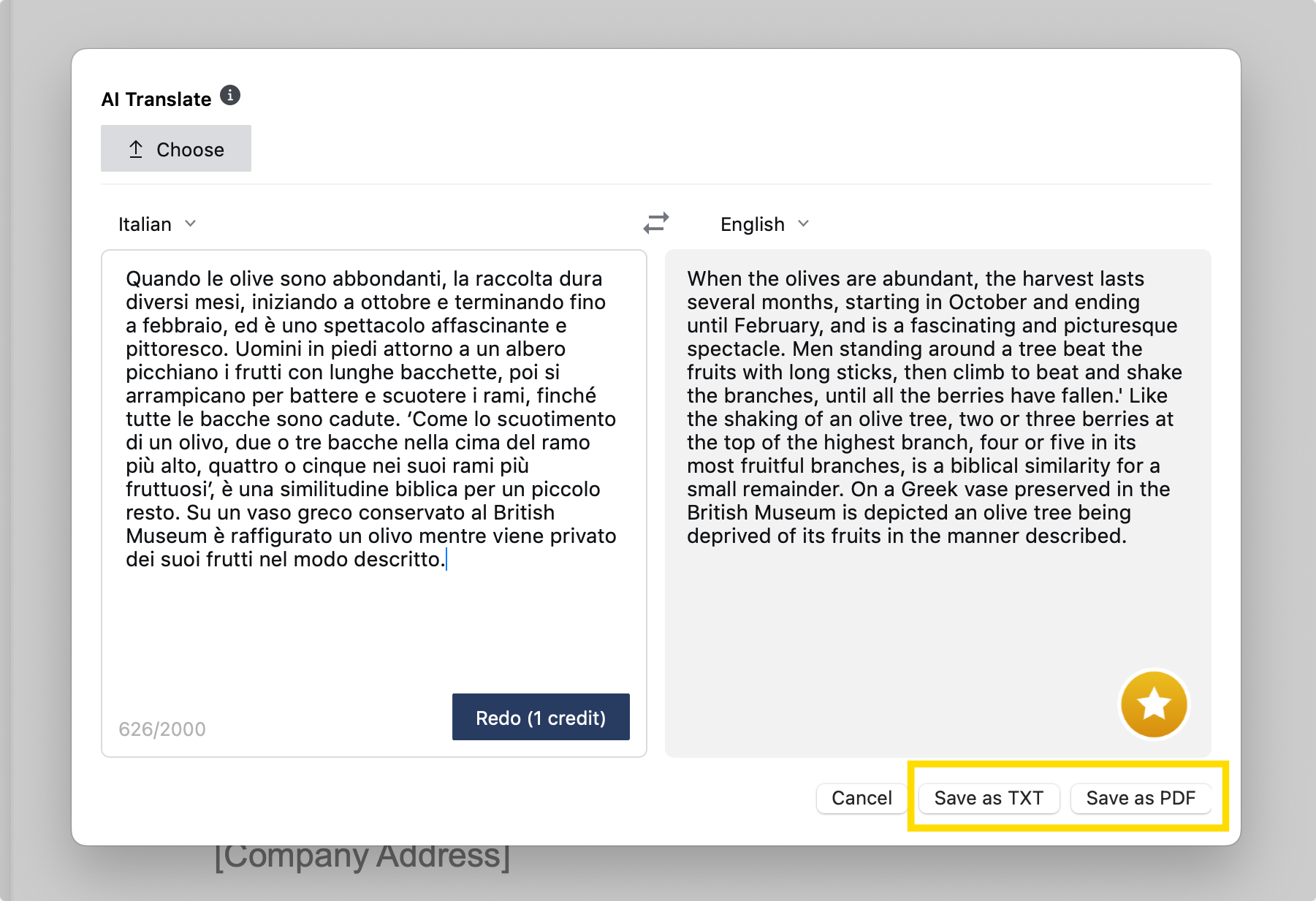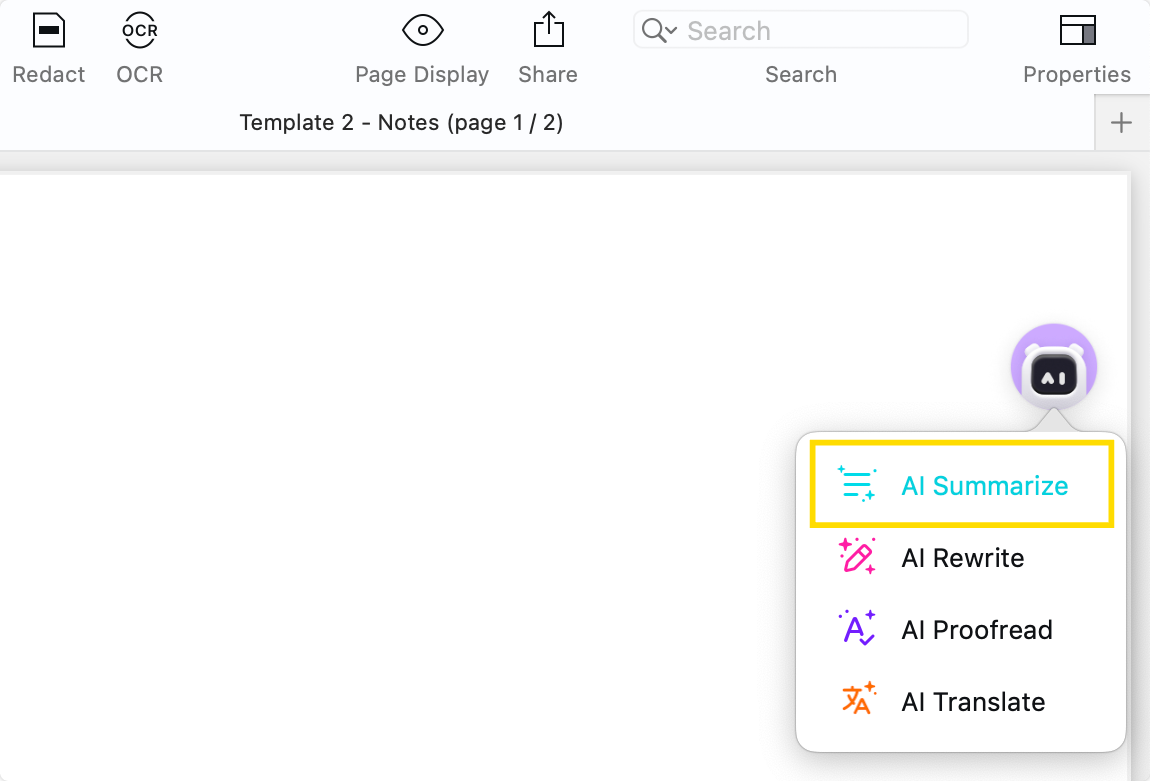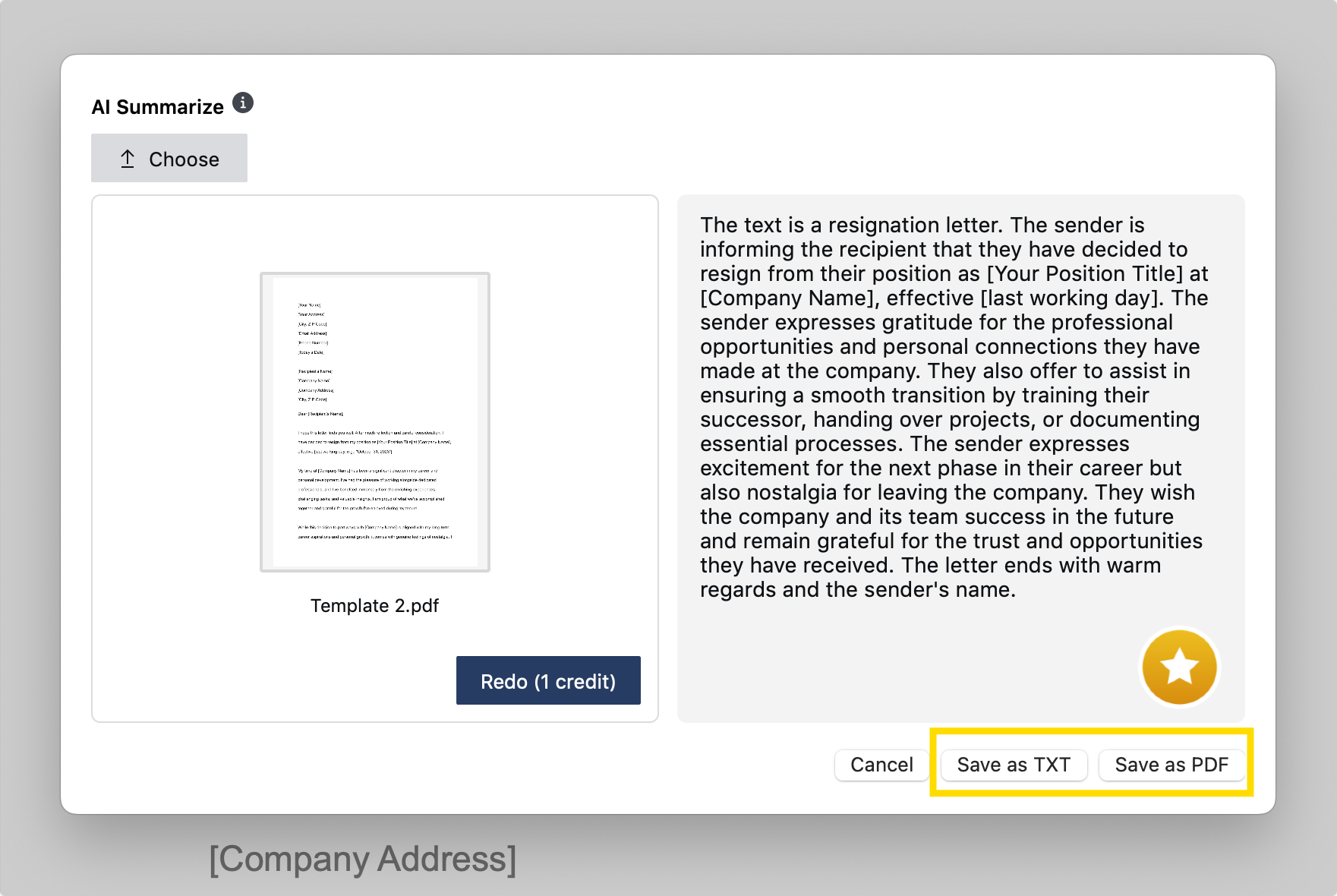As someone who has written many research papers for academic purposes, there are a few things I wish I had known or reminded myself about before starting the process again.
Read on to get a handle on different kinds of sources, thesis statements and how you can make the whole process a little simpler for yourself.
Primary vs. Secondary Sources
Before you even start your paper, you need to find primary and secondary sources to work from. But what is the difference?
Primary
These are texts that are orginal works or part of an archival collection of letters or photographs that were created at the time in question.
Secondary
These include journal articles or correspendence created about an event after it has passed.
There are several places where you can find these resources, be it online or in a physical space. Remember to look at:
- Your university library
- Digital resource library
- Internet Archive for books
- Google Scholar
- Online journal websites
- Special collections and archives
Settle on Your Research Question
During the process of writing my Masters thesis, I struggled with this aspect most of all. Sometimes we have themes or points we already know we would like to make, but what question are we answering?
Traditional and social sciences make this aspect a little easier because they are set up with a question and predicted answer already in place based on your topic. However, if you are writing about history or literature, you may want to consult more primary sources to whittle down your question.
Some examples of what this could look like:
- What is the role of women in the domestic space in the context of the Troubles in Anna Burns' Milkman?
- What social anxieties are reflected through the image of the witch in 16th century literature?
- How can mythological representations of the feminine aid in reclaiming female agency?
These are very simple examples and by no means encapsulate a full research question but if you can hone in on a time period, a primary text and a theme then you are well on your way to forming your research questions.
Another important thing to note is that this question is not the title of your paper. It simply helps you to formulate your topic and make a statement.

Important Aspects of a Research Paper
Apart from the classic outline of introduction, body, and conclusion that we are all taught in school, there are some other aspects that you might want to consider.
Thesis Statement
Remember to address your thesis statement somewhere in the opening of your essay. Each of your points also need to start with you underlining the statement you are trying to make.
Works Cited Section
Citing your primary and secondary sources correctly is extremely important! We also have a guide about how to cite in MLA style but you will need to find out which style is required by your university department.
Each citation style will also have a different way of citing sources within the text, so remember to make notes about the author and page number so you can add it in later.
How to Use AI Tools to Assist
PDF Reader Pro has AI capabilities that are perfect for assisting you in the research process. Use these mini guides to see how these tools work.
AI Translate
I have encountered letters or journal articles in othe languages which could be vital to my research. Sometimes you are able to translate it within your search on Google but other times you can use a translation tool.
Step 1: Click the AI Bot
Choose "AI Translate" from the options.
Step 2: Choose Your File
Click "Redo" to process the text.
Step 3: Choose Your Export Format
Click "TXT" or "Save as PDF" to finish.
AI Summary
The amount of journal articles and documents you need to read through with a research paper can be daunting, so why not summarize it, so you know if it will be of use or not?
Step 1: Click on the AI Symbol
Choose the "AI Summarize" option.
Step 2: Upload Your File/Paste Your Text
Click "Summarize" on the bottom right.
Step 3: Choose Your Export Type
This will save your file as text or PDF.
We have a lot of other guides and educational resources that we continue to update every week. Keep checking in to see more tutorials about software and technology.




 Free Download
Free Download  Free Download
Free Download 





 Support Chat
Support Chat